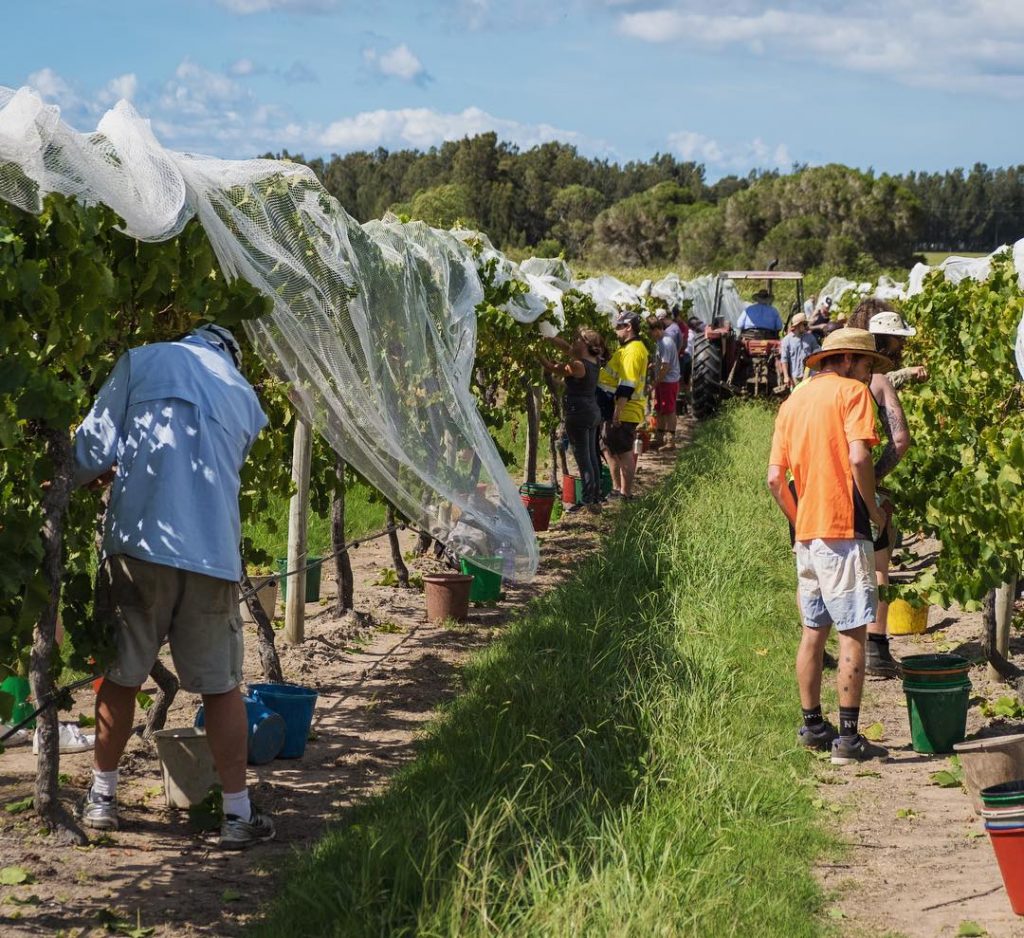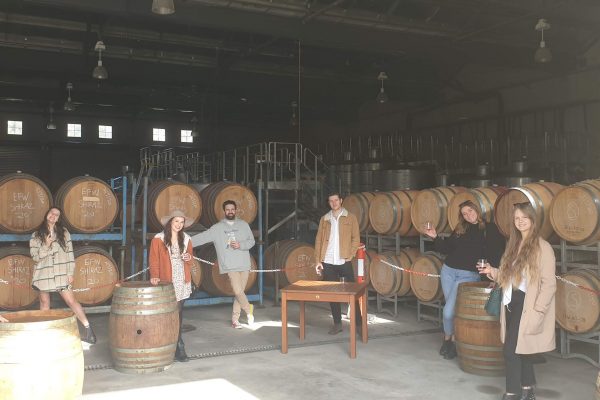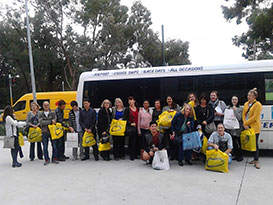There are several steps involved in the process of making wine
- Harvesting – the initial step involved in making wine. The time of the picking of the grapes depends on how sweet and flavoursome one wants the wine to be. Picking can be done manually or mechanically.
- Crushing and pressing of the grapes – Historically, the crushing and pressing was done manually, by crushing them with feet. Mechanical presses crush the wine into a liquid, known as must, which is basically grape juice with accompanying residue. This process differs when creating red or white wine. For white wine, the maker will immediately separate the juice from the solids, in order to prevent unwanted colours and tannins from spoiling the wine. In regards to red, the solids are needed to create the proper taste.
- Fermentation – After crushing and pressing, fermentation commences within 6-12 hours. Wild naturally growing yeasts assist in this process, or the maker may use an artificially created yeast to ensure consistency. The fermentation is complete once all the sugar has been transformed into alcohol. In order to make a sweeter wine, the process will be stopped earlier, so some sugar is retained. Fermentation can take anywhere from ten days to several months.
- Clarification – The stage of clarification involves the removal of solids from the liquid, including tannins, proteins and dead yeast cells. The wine is transferred into stainless steel tank or oak barrel to undergo fining and filtration.
- Aging and Bottling – The final stage of the wine making process. The winemaker has two options once clarification is complete, to immediately bottle the wine or to allow it to age further. Aging the wine in oak barrels a smoother and more of a vanilla flavor, while allowing it to age in a steel tank is generally used for tangy white wines.












